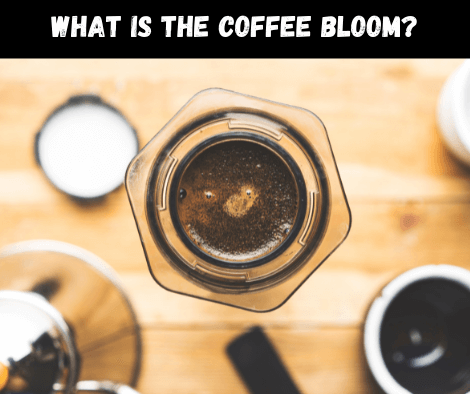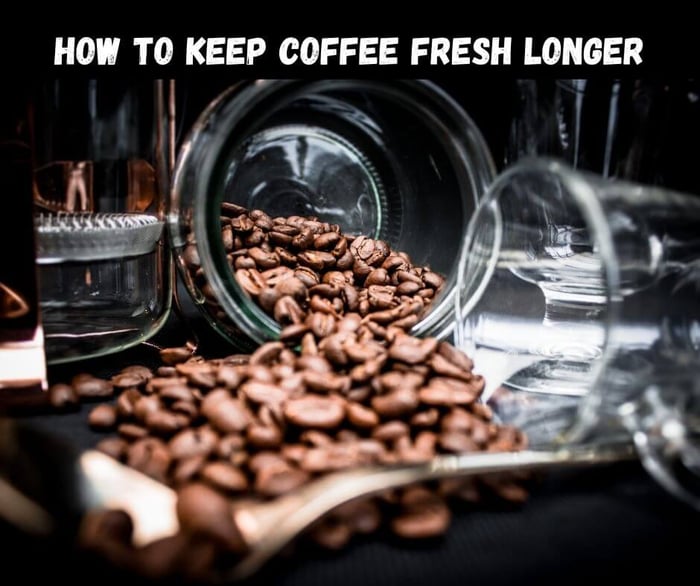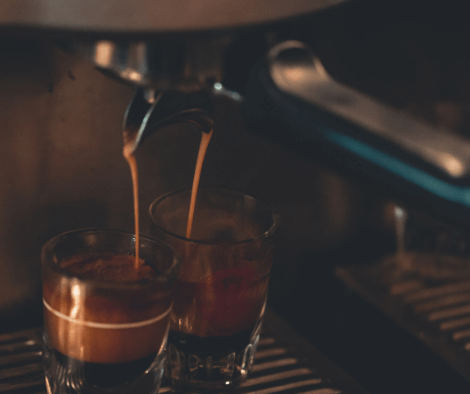If you are a coffee enthusiast you have at some point likely heard the term "coffee bloom". But, what does that even mean? What is a coffee bloom and does it affect flavor?
In short, it is the release of Carbon Dioxide when hot water first hits the roasted coffee beans. Sounds simple right? Well there is a more that goes into it. Let us explain.
Why Does Coffee Bloom When Water is Added?
Fresh coffee beans begin giving off Carbon Dioxide immediately after the roasting process is complete. This process, known as degassing, will last for about 2 weeks. Most of the gas will be released within the first 4 hours after roasting and will decline steadily over the next 14 days.
Until you ground the beans, that is.
This is why vacuum sealed coffee bags often have to sit for 24-48 hours before the bag is finally sealed. Otherwise the bags may explode, even if a pressure release valve is present on the bag. (We hope all your coffee has one of these).
Hot water further accelerates the degassing process of the beans. This causes a bubbling known as the Coffee Bloom as the Carbon Dioxide exits the bean through the water.
Degassing during roasting and while brewing are both natural processes and actually very important for the quality of your cup.
How Does the Bloom Affect Coffee Flavor?
Carbon Dioxide will infuse a sour flavor in your coffee if you do not allow it enough time to escape. No one wants sour coffee (unless you do then stop reading here).
Carbon Dioxide will also repel water from the bean during the brewing process which will obviously affect how much caffeine and flavor is extracted from your beans.
So it is extremely important to remove as much of the Carbon Dioxide from your coffee as possible.
This is why quality brewing methods, like pour overs, french pressed and even the AeroPress all suggest creating the Coffee Bloom. Many drip brewers do not allow for this process. This is why drip brewers are considered to be a lower level of brewing quality and coffee expertise.
How Do You Properly Create the Coffee Bloom?
Blooming your coffee is a byproduct of dampening the coffee filter and grounds before pouring all of the water into the brewer.
To create the Bloom simply pour just enough water into your brewer to wet the coffee grounds. You do not need to be exact here as you are simply trying to slightly wet your coffee beans.
Once you've wet the beans wait roughly 30-40 seconds and watch as the coffee Bloom begins the bubble. Go ahead and slowly pour the rest of your water in after this.
Best Part? The fresher the beans the better the Bloom should be. So this will tell you the quality of the beans.
Make sure your water is heated to around 195-205 degrees for optimal brewing and Blooming.
How Does Grind Level Affect the Bloom?
The more a coffee bean is ground down the more surface area there will be. So a finer grind will allow for a better Bloom and faster release of Carbon Dioxide.
However medium fine and even coarse grinds will still allow for the release of CO2 but at a slower rate. You can test the difference to find which suits your flavor desire.
Water Brewing Methods Work Best?
Any style of brewing that requires a slow pour of water over an open filter full of coffee grounds will allow for some sort of a Bloom. We do find that pour over style creates a bigger Bloom as the surface area inside is usually larger. AeroPress and French Press styles can still create a nice Bloom.
See Our Pour Over Coffee Brewing Guide
So next time your brew some coffee at home you can show off your barista skills to your family or why not make an Instagram video to show off? Everyone else is.
Enjoy your next flavor packed gourmet coffee brew!
Want More Coffee Content?
Daily Coffee Grind - Click Here
Coffee Reviews - Click Here
Coffee Brewing Guides - Click Here









